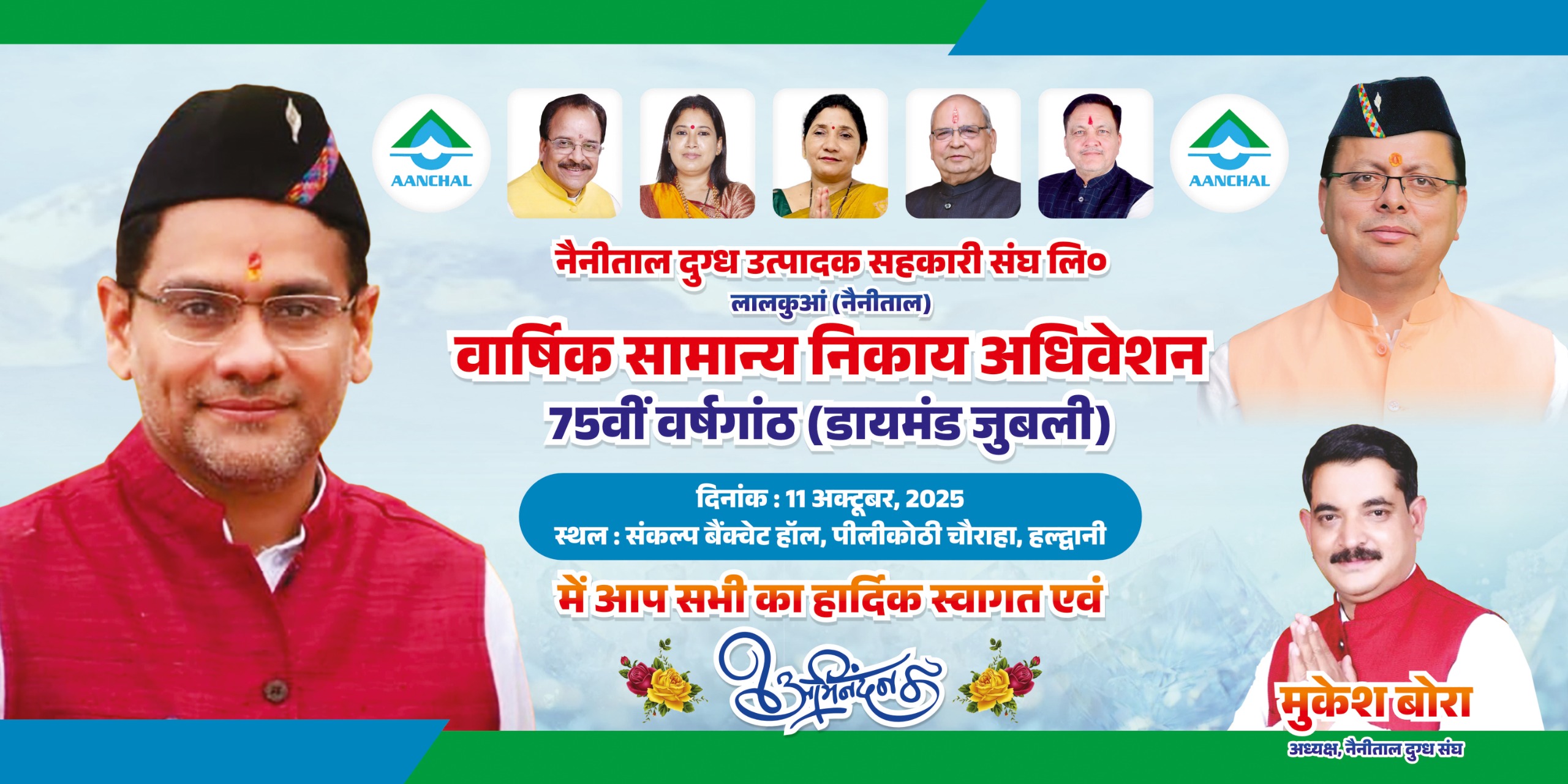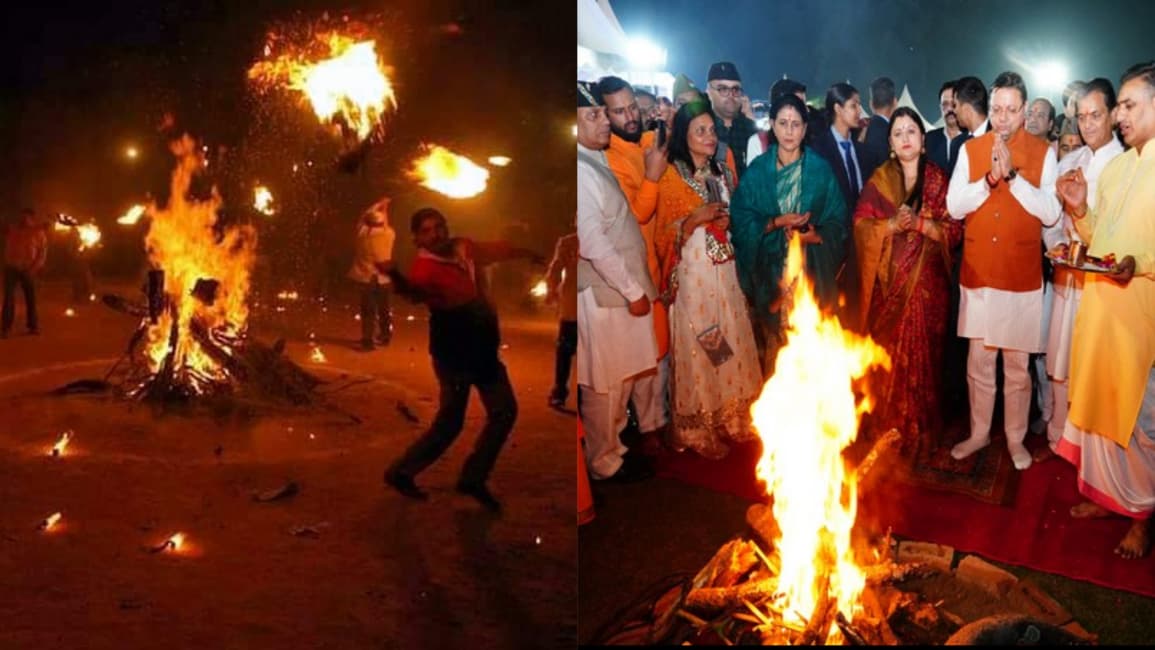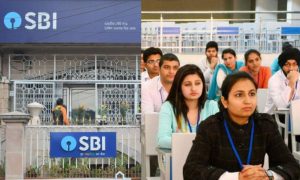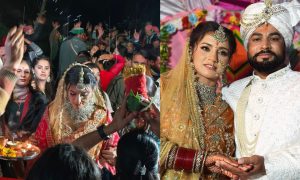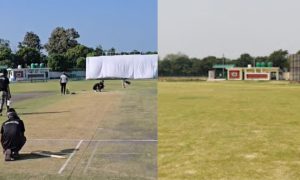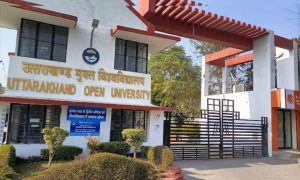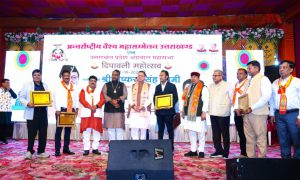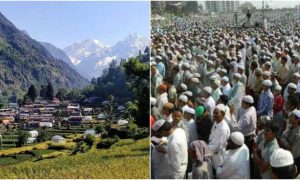Uttarakhand: Uttarakhand, known for its rich cultural and spiritual legacy, stands out for its unique local festivals celebrated with deep devotion and enthusiasm. Among these, Igas—also known as Budhi Diwali—holds a special place in the hearts of the people. This traditional festival is celebrated on the eleventh day after Diwali, on Kartik Shukla Ekadashi. This year, Igas will be celebrated with great joy and fervor on November 1 across the Garhwal and Kumaon regions of the state.
The Legend Behind Igas
The festival of Igas is not merely a celebration but a reflection of Uttarakhand’s ancient beliefs and traditions. According to legend, when Lord Rama returned to Ayodhya after fourteen years of exile, the people of Ayodhya celebrated Diwali on the new moon day (Amavasya). However, the news of Lord Rama’s return reached the Garhwal region late—eleven days later. The people of Garhwal, upon hearing the joyous news, celebrated Diwali belatedly, which later came to be known as Igas or Budhi Diwali.
Association with the Valor of Madhav Singh Bhandari
Igas is also deeply linked to the bravery of Veer Madhav Singh Bhandari, one of Garhwal’s greatest military commanders. Historical accounts state that he led a victorious battle against the King of Tibet during the reign of King Mahipati Shah. However, due to the ongoing war, Madhav Singh and his army could not return home in time for Diwali. People believed that the Garhwal army had perished in battle, and Diwali was not celebrated. When the army finally returned victorious, the King declared a grand celebration eleven days later—thus marking the beginning of Igas as a festival of light, victory, and valor.
Rituals and Festivities
On Igas, people perform worship of cattle, offering them nutritious food as a symbol of gratitude for their contribution to rural livelihoods. The horns of cows and bulls are oiled, garlands are placed around their necks, and prayers are offered. Houses are cleaned, lamps are lit, and festive meals are prepared to mark the occasion.
A unique highlight of the celebration is the traditional game of “Bhailo”. Villagers prepare small bundles of dry pine wood, til (sesame), and bhangjeera, tied together with special ropes. After performing rituals and prayers, the Bhailo bundles are set aflame and swung around in circles as part of the festivities. Many also showcase acrobatic skills using the burning Bhailo.
Songs, Dance, and Joy
The festival atmosphere is enriched by folk dances such as Chanchhri and Jhumelo, and by traditional folk songs like “Bhailo re Bhailo,” “Kakhdi ko Railu,” and “Ujyalu Aalo Andhero Bhaglu.” Villagers gather together to sing Maangal and Jaagar—devotional songs dedicated to local deities—keeping the cultural spirit of Uttarakhand alive.
